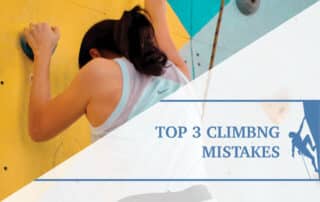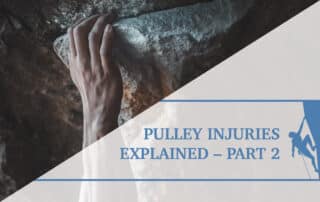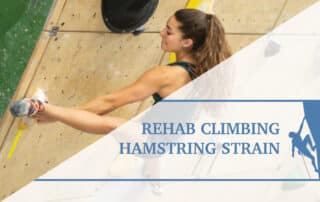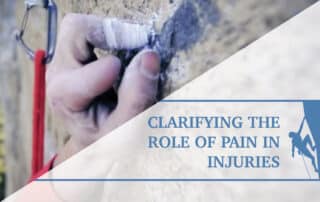Three Common Errors Made by New Climbers
Rock climbing is a sport that requires precise technique. Being able to stay on the wall and not “barn-door” or fall off may be due to shifting your hips just a little bit to the right or swinging one foot out to the side for a flag. In this article you will learn about climbing movement.
Preparing to Try Hard Part 1: Isometric testing and PAP for coaches.
Performance at the crag or in a competition is a direct representation of athlete preparation. Preparation includes both the cognitive and physical capacities of an athlete. Unfortunately it is hard to predict which one is more important on any given day and between athletes on the same team.
Pulley Protection Splint
This article will take you through a step-by-step process of how to fabricate a pulley protection splint for a rock climber with a grade II or III pulley sprain. The purpose of the article is to educate the climber as well as the medical practitioner on the details of constructing a pulley protection splint.
Pulley Injuries Explained – Part 2
Pulleys are ligaments. A sprain/strain describes a stretch or partial tear of a ligament (“strain” is usually reserved for injuries to a muscle or tendon, but some of the literature mentions a strain of the pulley). A pulley rupture is a complete tear of the ligament, where no part of the tissue remains in contact with the other side. Now that you have an understanding of the terminology, let’s discuss specifics.
Self-Assessment and Rehab for a Climbing Hamstring Strain
The heel hook is a dynamic maneuver requiring flexibility, strength, and power to execute safely and effectively. The mechanism of injury and symptoms are rather typical when it comes to climbers that suffer hamstring strains.
Clarifying the Role of Pain in Injuries
It wasn’t that far ago that phantom limb pain was a complete mystery. This is a sensation that someone experiences in, say their finger, after it’s been amputated. The finger no longer exists yet the person can still feel it. This is possible because sensations, such as pain, are experiences created by both your body AND your mind.






